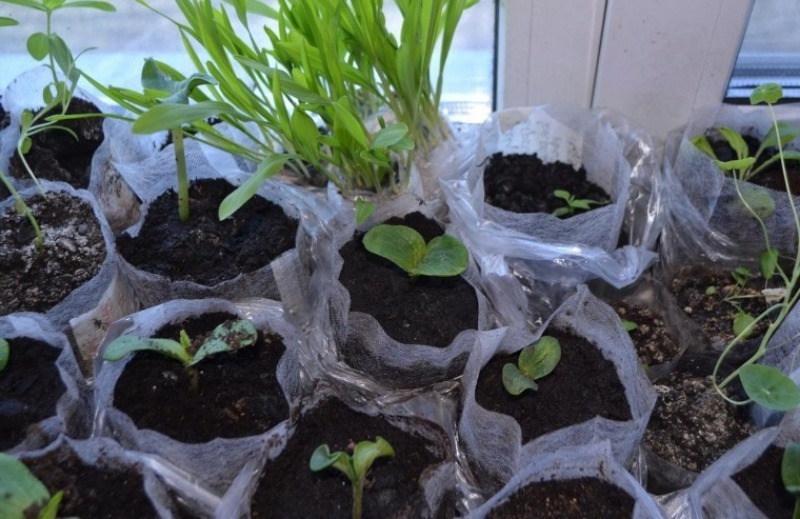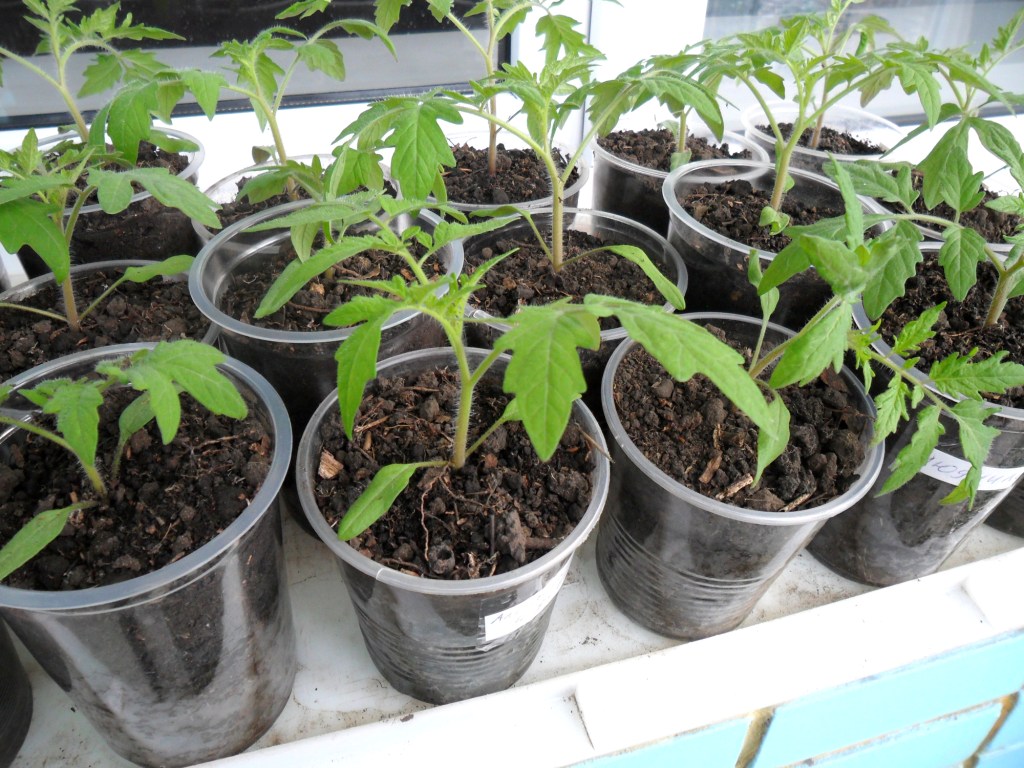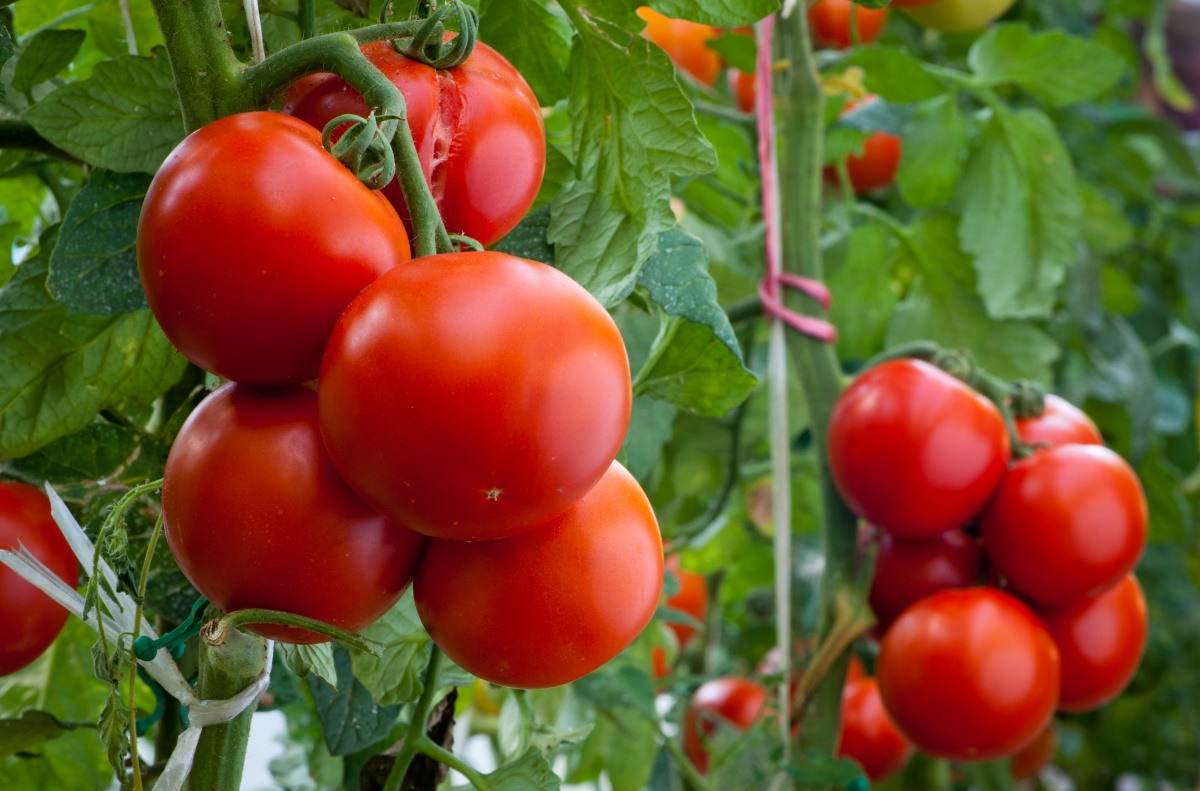An inexpensive and effective way to tackle the daunting task of growing seedlings at home is to use tea bags. It sounds rather original and implausible, but in fact it turns out to be quite effective and convenient. The method is especially relevant when you really want to start the preparatory process for the summer cottage as soon as possible, and there is not enough space for seedlings in a small city apartment.

Seed preparation
Before sowing seeds for seedlings, it is necessary to properly prepare the planting material.
The first thing to do is to check on the packaging compliance with all storage conditions and shelf life of the material, since experienced summer residents often manage to buy seeds for future use for years to come, and then wonder why the seedlings appear very scarce or do not appear at all.
After eliminating the annoying errors associated with this issue, we proceed to the procedure for treating seeds with growth regulators. This can be done in several ways: soaking seeds in physioactive solutions of nutrients and microelements, dusting the surface of seeds with dry salts using specialized protective coatings, processing with organic-mineral mixtures. Formulations containing:
- manganese sulfate (0.05-0.1%);
- manganese-sour potassium (0.5-1.0%);
- sulphate copper (0.001-0.005%);
- boric acid (0.005-0.05%);
- zinc sulfate (0.03-0.05%);
- ammonium molybdate (0.03-0.05%);
- cobalt nitrate (0.01-0.02%).
All these funds can be bought from gardening departments or specialized stores. Features of use are indicated on the package.
After the seeds are enriched with the necessary microelements and nutritional supplements, their germination will be much more active, and the sprouts themselves will become stronger and more resilient, which will be very useful at the next stage.
Experienced summer residents recommend holding the treated seeds spread out on dark matter under ultraviolet rays for several days before planting. This will save the seedlings from disease.
Germination
In order to use the proposed method of growing seedlings in tea bags, you need to stock up on a large number of used tea bags. To do this, in advance, starting from winter, put the tea bags in a separate container, where they dry out properly and accumulate in the required amount by the spring.
Then everything is quite simple. Carefully cut off the top edge of the bag using sharp scissors, pour the soil inside the tea bag on top of the tea leaves and place the filled bags in a vertical position in a container of the desired height in rows. For protection against quick drying and greater stability, the spaces between the bags should be filled with cotton pads or heavy paper. For sowing, 1-2 seeds are used in each bag.
Then you should water from a teaspoon, slowly and very carefully so as not to overdo it with moisture. Put containers with sachets on the windowsill. After 7-14 days, the seeds will slowly begin to sprout, this will not happen simultaneously, so you should be patient. Weak, diseased-looking growths can be removed already at this stage in order to give additional space for the development of stronger ones.
As the soil in the bags dries, watering is necessary. The roots of young plants will grow without leaving the bag - this will be very useful when planting.
Some craftsmen prepare containers with sachets and seeds in the fall, additionally adding sand between the sachets. Then the "charged" bags, sprinkled with sand, are removed to a dark, cool place until spring, and with the arrival of warm sunny days, they are placed on the windowsill and watering begins. The seeds of a plant or flower culture respond quickly and begin to awaken as they become saturated with moisture, then they are actively launched into growth.
Bedding
When the plants germinate and get stronger, they should be planted in the ground directly in tea bags, having previously soaked the bag well with water. This will protect the delicate root system from damage. Such a planting will soon enable the roots to become stronger in order to break through the sac, providing the plant root system with active growth.
This inexpensive and effective method is great for small seeds that sprout with weak, brittle shoots. The technology of growing seedlings in this way is not too troublesome and energy-consuming, it saves precious time and space on the windowsill.
Tea bags are an excellent substitute for expensive peat tablets, as tea leaves are also a good food for young sprouts.
In order for your work to be rewarded with high results, you just need to follow a few simple rules: strictly monitor the moisture content of the material and the temperature regime, cover containers with bags with glass, trying to save moisture, remove non-viable sprouts in time, water carefully: from a spray bottle or a teaspoon, trying not to flood the plants. After a while, your work and efforts will certainly pay off with a good harvest.


